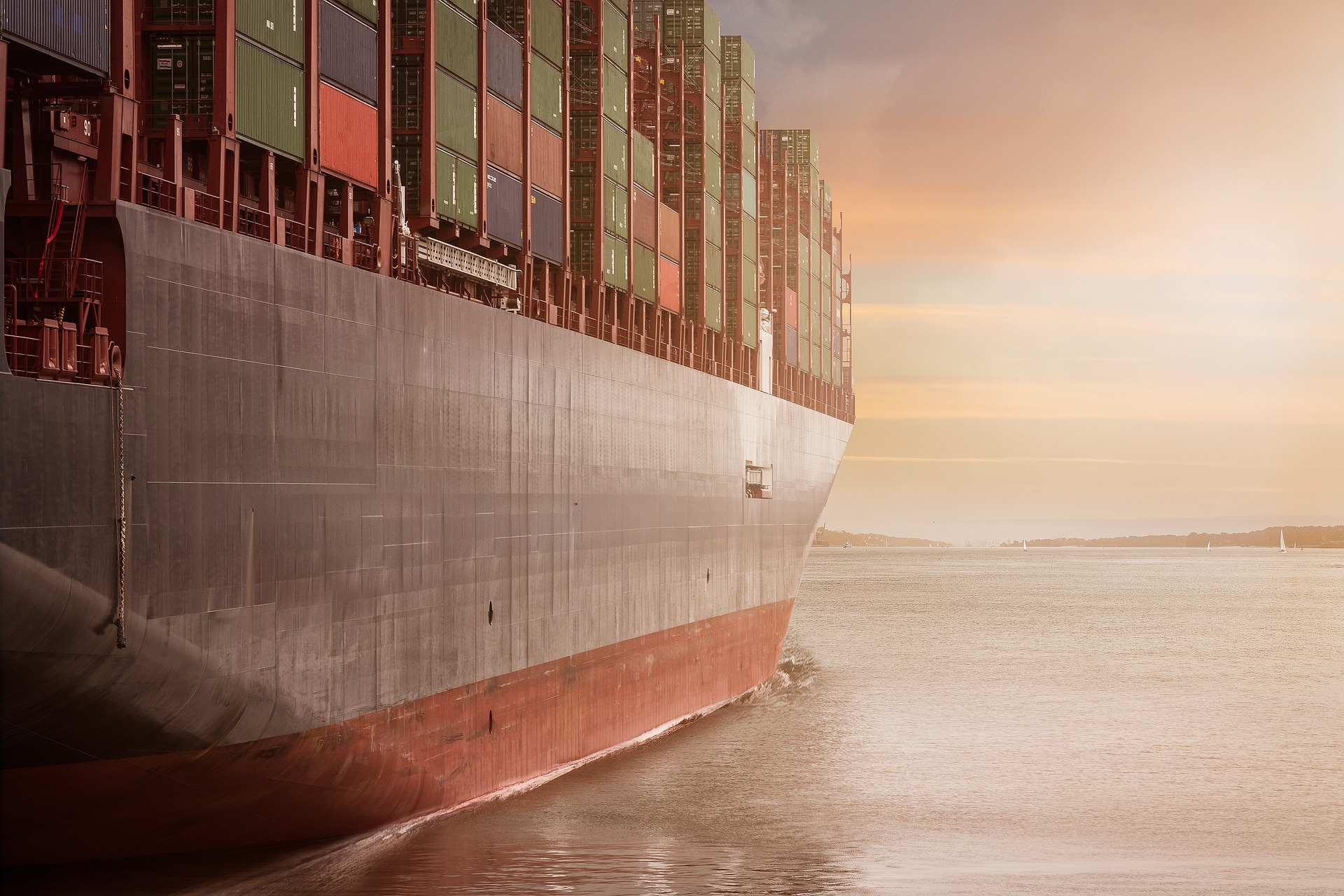
The triple whammy of soaring demand, congested ports and container shortages is contributing to Transatlantic freight rates doubling, new data has found.
The Freight Baltic Index for westbound journeys between Northern Europe and the US east coast showed rates have leapt from around $1,800 per 40ft last August to $3,596 by 7 May.
Ships diverted
Shipping Watch reports that the price hikes come despite weak growth on the route as container carriers have shifted available tonnage to more lucrative routes in Asia and across the Pacific.
According to analysis by shipping information system, Alphaliner, reported in Loadstar: “Carriers have transferred as much tonnage as possible to the two biggest east-west trades [transpacific and Asia-Europe], which means no ships are left now to deal with a surge in European exports to North America.”
Global rates rise
Global rates also keep rising, with Drewry’s composite World Container index increasing 9.8% or $489 to $5,472.33 per 40ft container for 6 May.
However, Maersk expects a gradual decline in ocean freight rates from the current near-record highs, reports Bloomberg.
The world’s largest container shipping carrier told an investor conference on Tuesday that rates should return to more normal levels by 2022.
Higher normal rates
Maersk’s CEO, Soren Skou, wants to “ensure a soft landing from the current elevated freight rates”.
But Johan Sigsgaard, head of ocean products, said rates would “normalize at a different level and we expect rates will normalise at a level above historical [averages]”.
Rolling rate soars
Lloyd’s Loading List also reports that many ports rolled over more than half of their cargo in April due to congestion issues – meaning containers never made it onto their schedule shipments.
Data from freight visibility platform, project44, found the average rollover rate for April across ports and carriers surveyed was 39%.
Outliers such as Malaysia’s Port Klang, Rotterdam and Athens showed signs of “endemic congestion”, rolling 64%, 54% and 59% of cargo respectively.
“They [shippers] are going to have to start making structural adjustments to their supply chains and enhance their visibility if they want to keep shelves stocked and factories running,” said project44 vice-president Josh Brazil.



